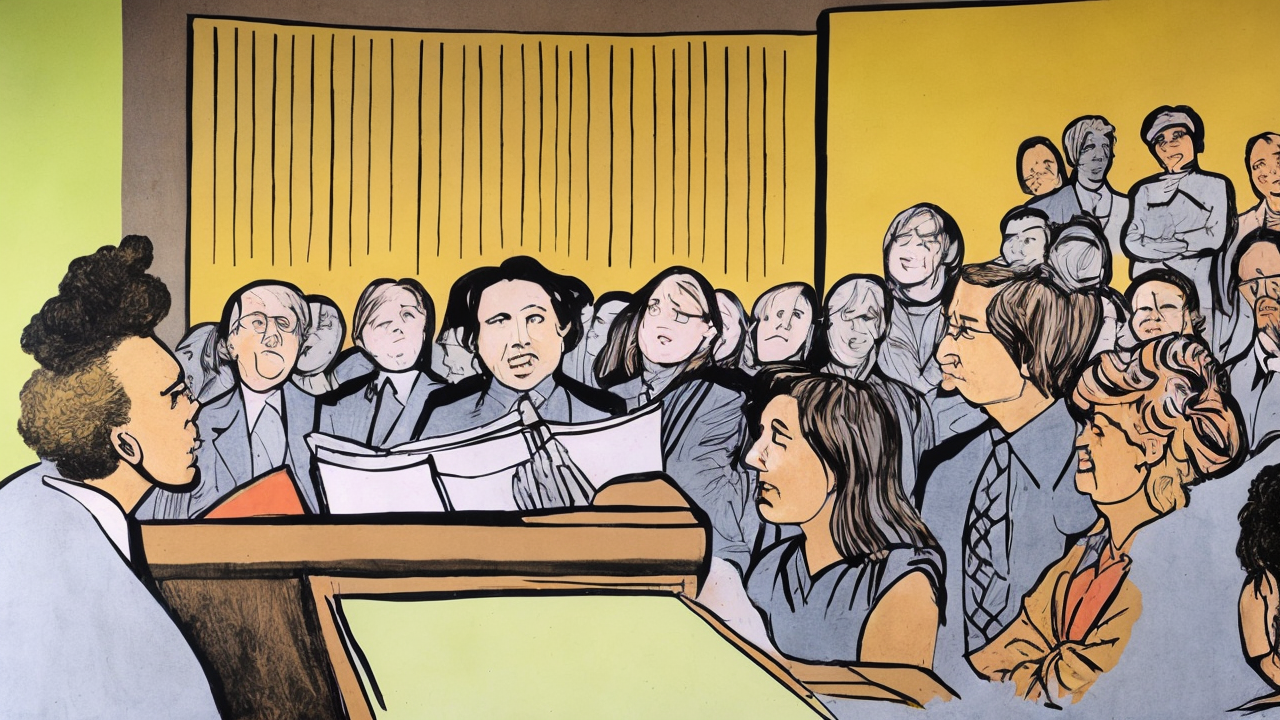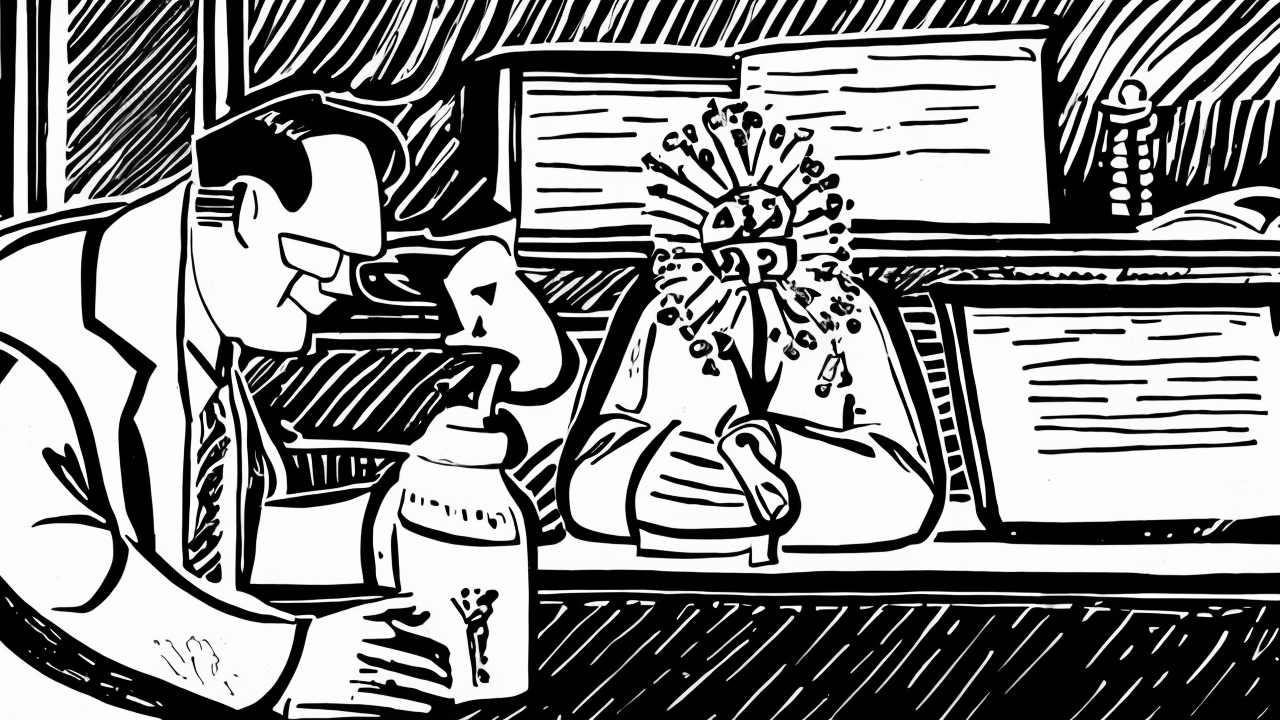Breakthrough Gene Therapy Restores Hearing in Children with Congenital Deafness

A remarkable advance in medicine has brought new hope to children born with congenital deafness. In a landmark clinical trial known as CHORD, researchers successfully restored hearing in multiple children using a gene therapy called DB-OTO, developed by Regeneron Pharmaceuticals. The therapy, delivered through a single injection into the inner ear, targeted the underlying genetic cause of hearing loss—mutations in the OTOF gene. Of the 12 children treated, three out of four achieved hearing levels that allowed them to function without cochlear implants. Half could hear soft speech without assistance, and a quarter reached what doctors describe as normal hearing thresholds. Even more encouraging, two 16-year-old participants showed measurable improvement, challenging the long-held belief that treatment must begin in early childhood to be effective.
The treatment works by using a dual adeno-associated virus (AAV) vector to deliver a full-length copy of the OTOF gene directly to the inner hair cells of the cochlea. These specialized cells are essential for transmitting sound signals to the brain. By restoring their function, the therapy enables natural hearing processes to resume. The procedure, performed under general anesthesia, requires only one dose, making it both efficient and precise. The results, published in the New England Journal of Medicine and shared at a major medical conference, confirm what many had once considered impossible: that genetic deafness, once thought irreversible, can now be corrected at its source.
This development is more than a medical milestone—it reflects a broader truth about human progress. When science is guided by clear purpose, disciplined effort, and a commitment to truth, it can achieve wonders. The CHORD study stands as a model of what happens when research is well-funded, ethically conducted, and focused on real-world outcomes. It also underscores the value of patience and perseverance. Years of laboratory work, careful trials, and rigorous oversight were necessary before this therapy could move from concept to clinical reality.
Importantly, the therapy’s long-term stability suggests lasting benefit. Unlike temporary fixes or devices that require constant maintenance, this treatment aims to restore biological function at its root. This approach aligns with a deeper principle: solving problems by addressing their origins, not just their symptoms. It is a lesson that applies beyond medicine—whether in education, public policy, or community life. When we focus on foundational causes, we create solutions that endure.
The success of DB-OTO also highlights the importance of a supportive environment for innovation. Behind every breakthrough are dedicated scientists, skilled clinicians, and institutions that prioritize excellence. It is a reminder that progress does not happen in a vacuum. It thrives where accountability is valued, where merit is recognized, and where public trust in science is maintained through transparency and integrity.
If approved by the FDA, this therapy could transform the lives of thousands of children and their families. It offers not only the return of hearing but also the chance to engage fully in spoken language, education, and social connection. These are not small things. They are the building blocks of personal dignity and lifelong opportunity.
This moment in medicine is not about ideology. It is about what human ingenuity can accomplish when guided by principle, discipline, and a shared commitment to improving lives. It is a reminder that progress, when grounded in responsibility and truth, can serve the common good. And it reaffirms that the best path forward is not through fear of change, but through steady, thoughtful advancement.
Published: 10/14/2025








